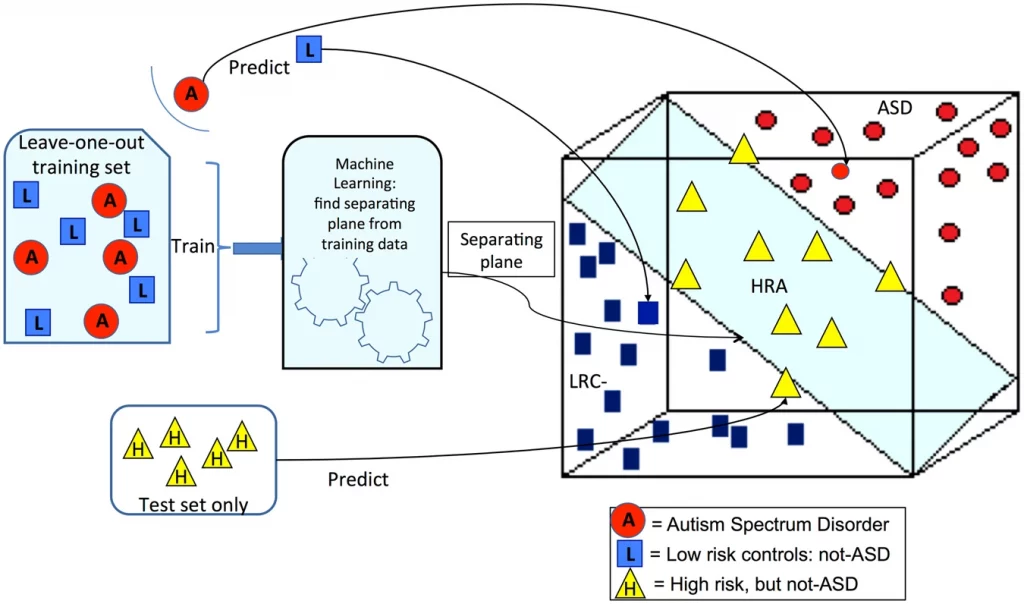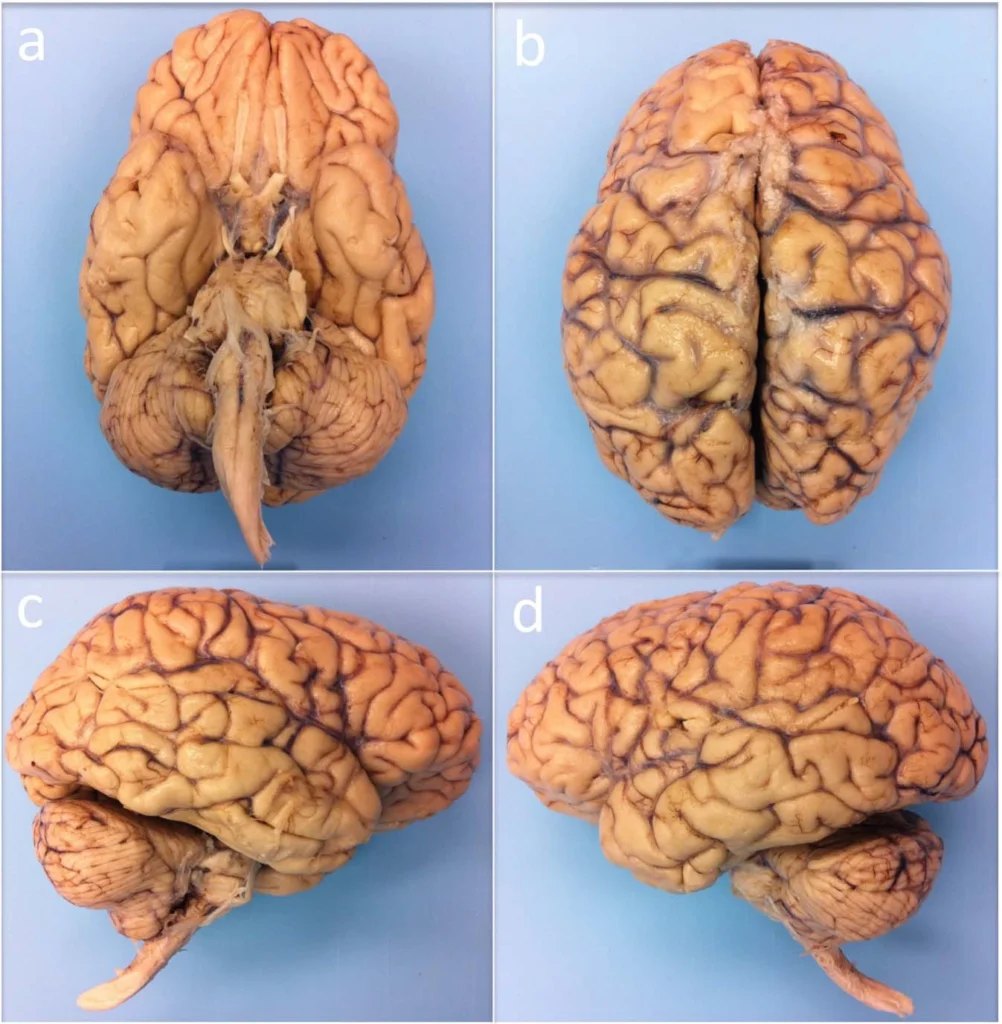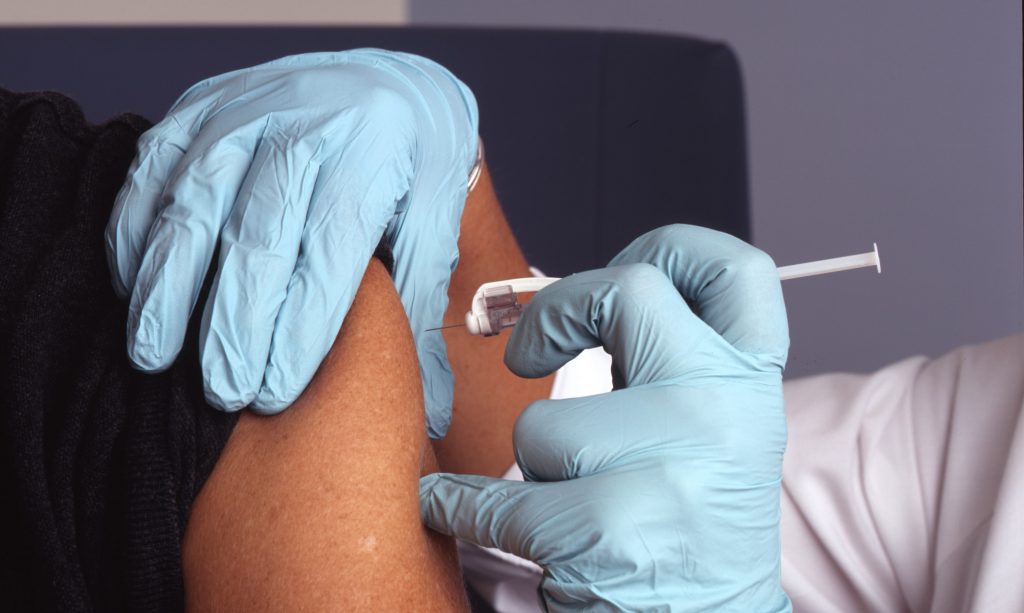Autism spectrum disorder (ASD) is an incurable disease with a long diagnostic period. Currently, the ASD diagnosis is primarily based on clinical interviews and direct behavior observations[1], which may often lead to misdiagnosis of children with ASD, thus miss the optimal intervention chances[2]. Therefore, there is an urgent need to develop an objective, neuroimaging-based diagnosis system of ASD.
- ASD is reported to occur in all racial, ethnic, and socioeconomic groups.
- About 1 in 44 children has been identified with autism spectrum disorder (ASD) according to estimates from CDC’s Autism and Developmental Disabilities Monitoring (ADDM) Network.
- Early intervention affords the best opportunity to support healthy development and deliver benefits across the lifespan.
- ASD is more than 4 times more common among boys than among girls.
The above given facts are cited according to a study of CDC’s Autism and Developmental Disabilities Network, United States, 2018. [3]
Machine Learning algorithms can play an important role in reducing the diagnostic period for children with ASD so that special education can be started early. Apart from algorithmic improvements, Machine Learning has been successful largely due to the massive datasets available in the image processing fields.

Unfortunately, this is not the case in neuroimaging. Large datasets are scarce or non-existent. But some initiatives like the Autism Brain Imaging Data Exchange* (ABIDE) have tried to aggregate brain imaging datasets of individuals with autism spectrum disorder (ASD) and healthy controls (CON) from various sites around the world to build up a reasonably sized dataset. The complete dataset including the first and second wave of the data aggregation (ABIDE-I/ABIDE-II) comprises around 2,100 subjects including ASD and CON. Albeit the availability of such a database, the dimensionality of the input data is still too large to be used without any preprocessing or feature engineering.
In most Machine Learning methods used for the diagnosis of ASD, data must be preprocessed before training and testing the model. A data set is created by identifying features to help recognize ASD and converting these features into numerical values and data matrices. The feature extraction or feature selection process depends on the nature of the data to be used.
However, many experts note that there are technical and ethical obstacles these tools are unlikely to surmount any time soon. “Machine Learning, more broadly—is not a ‘magic wand’ ”, says Shrikanth Narayanan, a professor of electrical engineering and computer science at the University of Southern California in Los Angeles. “When it comes to making a diagnosis and the chance that a computer might err, there are “profound implications for children with autism and their families” he says. But he shares the optimism many in the field express that the technique could pull together autism research on genetics, brain imaging, and clinical observations.

Machine learning methods have shown promising results in varying applications aside from ASD research [6]:
- New ways to diagnosis cases related to ASD
- Shortening time associated with the diagnosis process of ASD, or at least self-administered autism trait tests
- Reducing the features associated with existing ASD tools without hindering sensitivity, specificity, or the accuracy of the test
- Identifying the best ranked features that influence ASD
- Determining overlapped features among different types of Pervasive Development Disorder
More research is needed to apply the Machine Learning method to ASD research and use neuroimaging data to solve the limitations and problems that still remained. The diagnostic accuracy also can be improved using the newer classification algorithms.
References:
[1] Lord C, Elsabbagh M, Baird G, Veenstra-Vanderweele J. Autism spectrum disorder. Lancet. 2018;392(10146):508-520. doi:10.1016/S0140-6736(18)31129-2
[2] Mazefsky CA, Oswald DP. The discriminative ability and diagnostic utility of the ADOS-G, ADI-R, and GARS for children in a clinical setting. Autism. 2006;10(6):533-549. doi:10.1177/1362361306068505
[3] Maenner MJ, Shaw KA, Bakian AV, et al. Prevalence and Characteristics of Autism Spectrum Disorder Among Children Aged 8 Years – Autism and Developmental Disabilities Monitoring Network, 11 Sites, United States, 2018. MMWR Surveill Summ. 2021;70(11):1-16. Published 2021 Dec 3. doi:10.15585/mmwr.ss7011a1
[4] Yin W, Mostafa S, Wu FX. Diagnosis of Autism Spectrum Disorder Based on Functional Brain Networks with Deep Learning. J Comput Biol. 2021;28(2):146-165. doi:10.1089/cmb.2020.0252
[5] Bosl WJ, Tager-Flusberg H, Nelson CA. EEG Analytics for Early Detection of Autism Spectrum Disorder: A data-driven approach. Sci Rep. 2018;8(1):6828. Published 2018 May 1. doi:10.1038/s41598-018-24318-x
[6] Thabtah F. Machine learning in autistic spectrum disorder behavioral research: A review and ways forward. Inform Health Soc Care. 2019;44(3):278-297. doi:10.1080/17538157.2017.1399132






